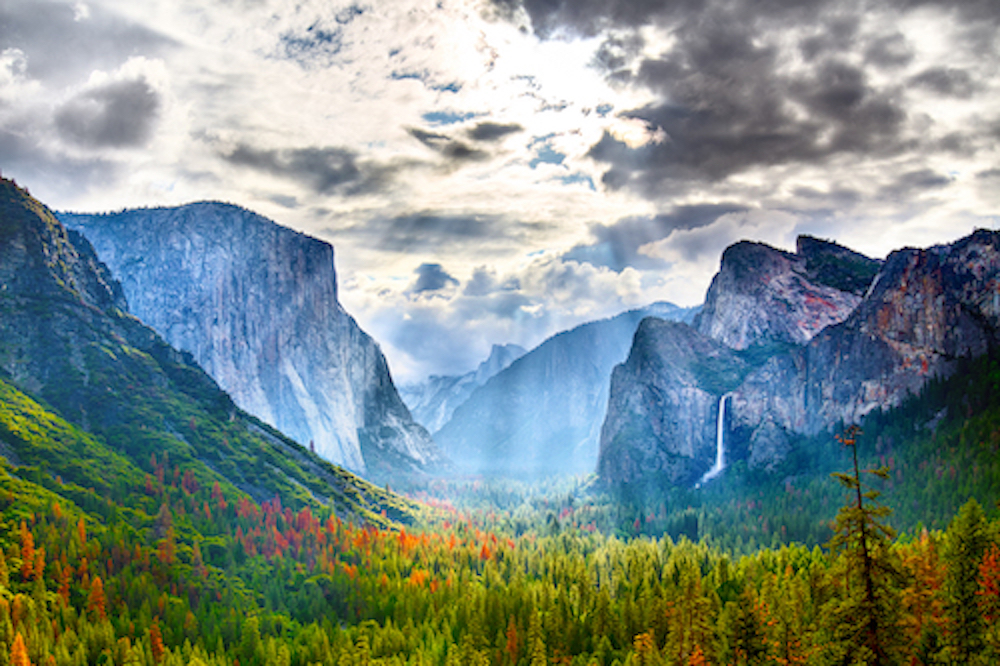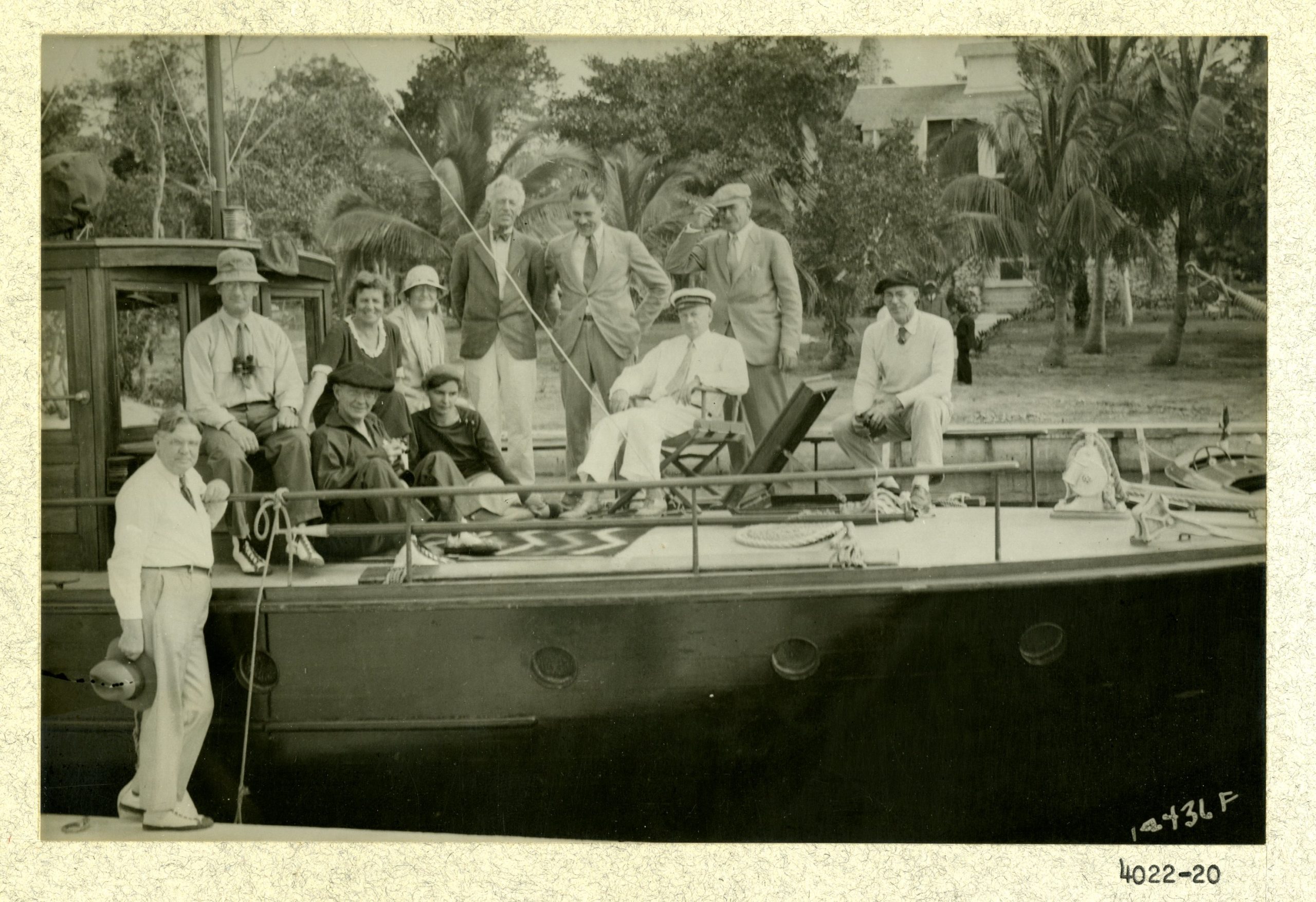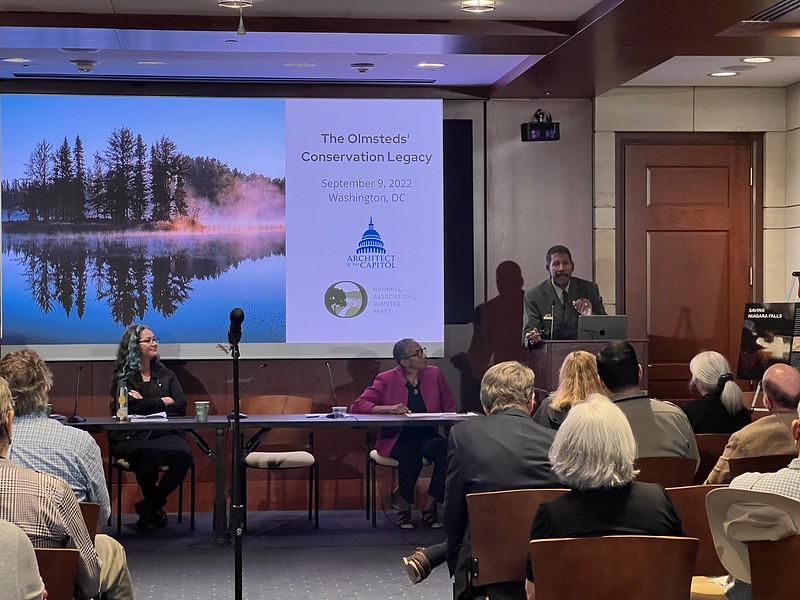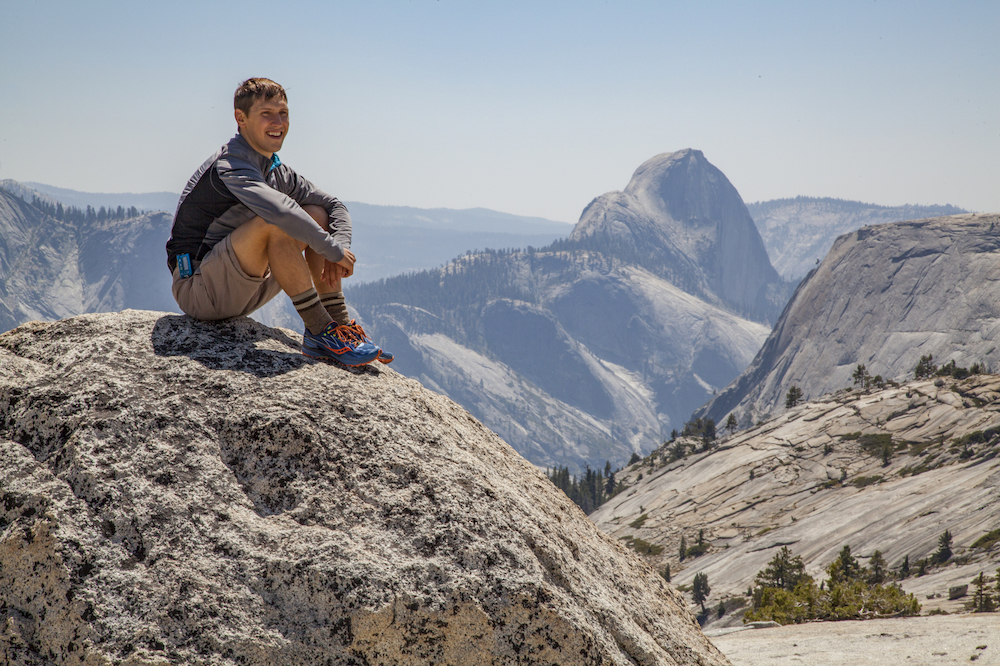
Any exploration into the founding philosophy of America’s national parks inevitably leads one to the Olmsteds. Frederick Law Olmsted’s prescient vision for Yosemite (and all public lands) in 1865 and the timely contribution by Frederick Law Olmsted Jr. of a statement of purposes for the National Park Service’s 1916 Organic Act have had profound and lasting consequences for the nation and the world.1
Until recently this compelling narrative was obscured by a more romantic creation mythology that associated the birth of the park idea with the 1870 Washburn-Diane expedition along the banks of the Madison River in Yellowstone, the “mother park.” As historian Richard Sellars wryly mused in his book Preserving Nature in the National Parks, “Surely the national park concept deserved a ‘virgin birth’— a night sky in the pristine American West, on a riverbank, and around a campfire, as if an evergreen cone had fallen near the fire, then heated and expanded and dropped its seed to spread around the planet.”2
It is too ambitious to describe here in detail all the mid-nineteenth century influences that shaped the establishment of America’s first generation of parks and in 1864 the progenitor of future national parks —Yosemite. There was certainly a sense of national pride and patriotism associated with monuments of nature.3 The country was also on the cusp of a nascent parks movement, exemplified by New York City’s ambitious and well publicized Central Park, a reflection of the perceived value of parkland to public health and social harmony. Alfred Runte suggests, “Here at last — in the blending of the eastern mind and the western experience — was the enduring spark for the American inspiration of national parks.”4 However, one of the least discussed (in the context of parks) and yet perhaps one of the most potent influences was the near-collapse and reincarnation of American democracy through four years of civil war.
“It was during one of the darkest hours, before Sherman had begun the march upon Atlanta or Grant his terrible movement through the Wilderness,” wrote Frederick Law Olmsted in his 1865 report on Yosemite, “when the paintings of Bierstadt and the photographs of Watkins, both productions of the war time, had given to the people on the Atlantic some idea of the sublimity of the Yosemite.”5 It is not an accident of history that it was in June 1864, during the war’s costliest year, as the government and its people began to look to a future beyond interminable loss and sacrifice, that Congress enacted and Abraham Lincoln signed into law the legislation that held Yosemite Valley “for public use, resort, and recreation… inalienable for all time.” “The creation of a park in far away California,” wrote historian Robin Winks, “was a statement about national unity, continental status, and hopes for an optimistic future in the midst of a devastating civil war: Yosemite was a monument to union, democracy, and long-term goals for the nation, the product of a great national need.”6
Following on his revolutionary 1863 Emancipation Proclamation, Lincoln promised a warweary nation in his Gettysburg Address “a new birth of freedom.” When Olmsted was appointed to draft a charter and plan for Yosemite, he expanded upon Lincoln’s vision of a broader, more inclusive interpretation of democracy in post-war America and framed the intellectual foundation for what became the world’s first system of national parks. In his report, Olmsted made the case that it is a “political duty” of republican government to set aside “great public grounds for the free enjoyment of the people,” forever guaranteeing its citizens “the pursuit of happiness.” Olmsted, not by coincidence, referred to the words of the Declaration of Independence, as Lincoln had done at Gettysburg when he used the words “all men are created equal,” opening the door to “a new birth of freedom”— one that included emancipation among other freedoms.7 Access to parks and recreation would be a fundamental entitlement of all Americans.
Almost 50 years later, Frederick Law Olmsted Jr. was called upon to amplify and refine his father’s Yosemite legacy by addressing the need for a new bureau to professionally manage more than three dozen national parks and monuments scattered across the West. “The present situation in regard to the national parks is very bad,” Olmsted Jr. wrote in 1912. “They have been created one at a time by acts of Congress which have not defined at all clearly the purposes for which the lands were to be set apart, nor provided any orderly or efficient means of safeguarding the parks…. I have made at different times two suggestions, one of which was… a definition of the purposes”.8 In the course of extensive correspondence with park champions such as J. Horace McFarland, President of the American Civic Association, Olmsted Jr. crafted his famous definition of purposes for the 1916 Organic Act that established a unified system of national parks and a professional bureau to manage them:
To conserve the scenery and the natural and historic objects and the wild life therein and to provide for the enjoyment of the same in such manner and by such means as will leave them unimpaired for the enjoyment of future generations.
While his father, Frederick Law Olmsted, had argued “that portions of natural scenery be properly guarded and cared for by the government,” he had also cautioned that these places not become playgrounds of only the privileged few.9 There should be a sacrosanct commitment to make them widely accessible “for the free use of the whole body of the people forever.”10 This theme resonates in the wording of the statement of purposes by Olmsted Jr. in the 1916 Act and also in a letter he wrote to Frank Pierce, Acting Secretary of the Interior, counseling that the national parks be managed “promoting public recreation and public health through the use and enjoyment by the people…of the natural scenery and objects of interest.”11
If it can be said Olmsted and Olmsted Jr. left their mark on the soul of the National Park Service, it can certainly be said that the Olmsted firm shaped some important parts of its body. The firm was responsible for projects in Acadia, Everglades, Great Smoky Mountains and Yosemite. A partial listing of projects in the nation’s capital reads like a guide to the National Park Service managed sites of Washington, D.C., including the Mall, Jefferson Memorial, Roosevelt Island, White House grounds and Rock Creek Park. In his later years, Olmsted Jr. actively worked for the protection of California’s coastal redwoods and lived to see Redwood National Park’s Olmsted Grove dedicated in his honor.
Embedded in the 1865 Yosemite Report is the phrase “faith in the refinement of a republic.” Perhaps there is no more fitting way to sum up the national park legacy of the Olmsteds and their many collaborators than to say their faith lives on in a system of nearly 400 national park areas, reflecting the high purpose and refinement of a democratic nation and its citizenry.
From Lucy Lawliss, et al. The Master List of Design Projects of the Olmsted Firm 1857–1979. District of Columbia: National Association for Olmsted Parks and National Park Service, 2008.
Notes:
1 Dwight T. Pitcaithley, “Philosophical Underpinings of the National Park Idea,” Ranger, Fall 2001.
2 Richard West Sellars, Preserving Nature in the National Parks: A History (New Haven, CT: Yale University Press, 1997): 8.
3 Olmsted’s friend, Unitarian Minister Thomas Star King wrote in an 1863 sermon in San Francisco entitled Lessons from the Sierra Nevada, “Love of nature has its root in wonder and veneration, and it issues in many forms of practical good. There can be no abounding and ardent patriotism where sacred attachment to the scenery of our civil home is wanting.” Arliss Ungar, Unitarian Universalist Association, 43rd General Assembly, Long Beach, California, 2004.
4 Alfred Runte, National Parks: The American Experience (Lincoln, NE: University of Nebraska Press, 1997): 9.
5 Bierstadt’s painting of Yosemite Valley’s Cathedral Rocks and Carleton Watkin’s photograph of the same subject, generously given to the National Park Service by Laurance S. and Mary Rockefeller, are on display at Marsh-Billings-Rockefeller National Historical Park.
6 Robin W. Winks, Frederick Billings: A Life (New York: Oxford University Press, 1991): 281.
7 Garry Wills, Lincoln at Gettysburg: The Words that Remade America (New York: Simon and Schuster, 1992): 144–147.
8 Rolf Diamant, “Frederick Law Olmsted, Jr.” in National Park Service, The First 75 Years: Preserving our Past for the Future (Fort Washington, PA: Eastern National Park & Monument Association, 1990): 18.
9 Ethan Carr, Wilderness by Design: Landscape Architecture and the National Park Service (Lincoln, NE: University of Nebraska Press, 1998): 28.
10 Frederick Law Olmsted, Yosemite and the Mariposa Grove: A Preliminary Report, 1865 (1865: reprint, Yosemite National Park, CA: Yosemite Association, 1995).
11 Robin W. Winks, “The National Park Service Act of 1916: ‘A Contradictory Mandate’?” in 74 Denver University Law Review (1997): 575.











